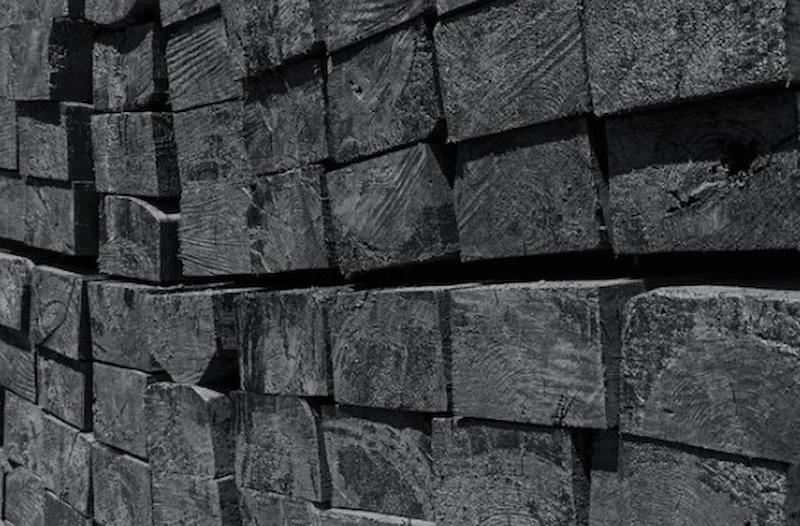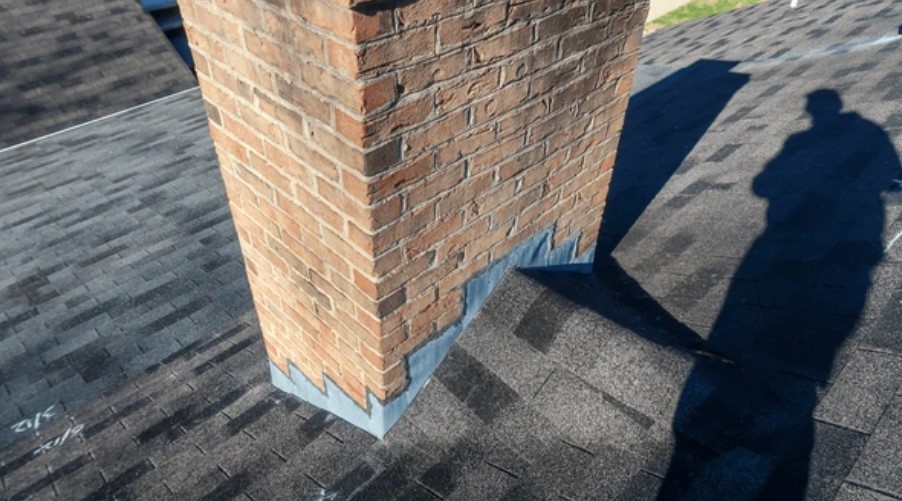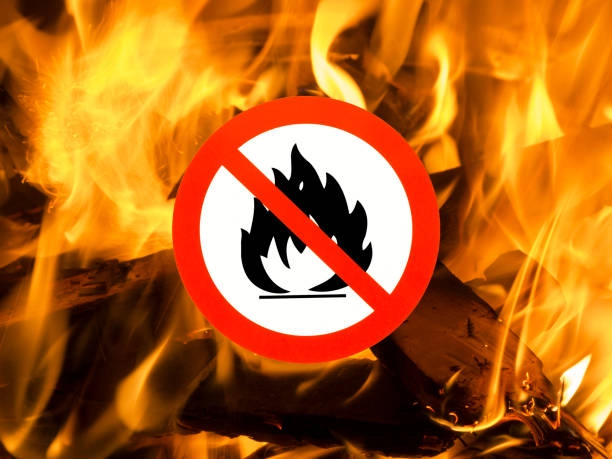As a homeowner with a fireplace or wood stove, you understand the importance of maintaining a clean chimney. Regular chimney cleaning helps prevent dangerous creosote buildup, which can lead to chimney fires. While traditional cleaning methods typically require a professional chimney sweep, many homeowners are curious about using creosote logs as a simpler, DIY alternative. But do these logs really work, or are they just a quick fix that falls short of providing the thorough cleaning your chimney needs?
In this article, we’ll explore what creosote logs are, how they work, their effectiveness, and whether they can be used as a replacement for professional chimney cleaning services.
What Are Creosote Logs?
Creosote logs are specially designed products that claim to help reduce creosote buildup in chimneys by breaking it down during the burning process. They’re often marketed as a convenient and easy way to manage creosote in between professional chimney cleanings.
These logs are typically made from a combination of chemicals and natural ingredients that work to break down the creosote as they burn. When burned in your fireplace or wood stove, the log releases gases that help to loosen and break up the creosote that has accumulated on the walls of the chimney. Some logs also claim to help reduce the formation of new creosote during burning.
How Do Creosote Logs Work?
Creosote logs are meant to be used in your stove or fireplace, similar to how you would use a regular log. The burning process releases certain chemicals that break down the creosote, making it easier to remove and reducing the risk of dangerous buildup.
These logs usually contain ingredients like sodium or potassium, which react with the creosote as the fire burns. The chemical reaction helps to reduce the thickness of the creosote layer, turning it into a more manageable, flaky substance. In theory, the goal is that the logs will reduce the need for frequent professional cleanings and make it easier for chimney sweeps to remove any residual buildup.
Are Creosote Logs Effective?
The big question for many homeowners is: Do creosote logs actually work? The short answer is that they can help with some creosote buildup, but they are not a substitute for professional chimney cleaning. Here’s a deeper look at their effectiveness:
1. Preventative Measures, Not a Cure-All
Creosote logs are most effective as a preventative tool rather than a full cleaning solution. If used regularly, they can help reduce the rate at which creosote builds up in your chimney. They can also help loosen lighter amounts of creosote, making it easier for a chimney sweep to clean it during their visit.
However, creosote logs are unlikely to completely remove large, hardened layers of creosote that have been accumulating for months or even years. In this case, you will still need a professional chimney sweep to clean the chimney thoroughly and remove any dangerous buildup.
2. Effectiveness Depends on the Type of Creosote
The effectiveness of a creosote log largely depends on the type of creosote in your chimney. There are three stages of creosote buildup:
- Stage 1 (Soot-like Creosote): This is the earliest and most manageable stage. It’s a fine, powdery substance that can usually be cleaned with a brush. Creosote logs may be helpful in loosening Stage 1 buildup, especially when used as a preventative measure.
- Stage 2 (Tar-like Creosote): This type of creosote is sticky and difficult to remove. Creosote logs may break it down to some extent, but they are unlikely to fully eliminate tar-like creosote. Stage 2 creosote is best removed by a professional chimney sweep with specialized tools.
- Stage 3 (Hard, Crusty Creosote): This is the most dangerous and stubborn form of creosote. It forms a hard, thick layer that is very difficult to remove. Unfortunately, creosote logs are not effective for Stage 3 buildup. Only a professional chimney cleaning will be able to remove this type of creosote.
3. Not a Replacement for Professional Cleaning
While creosote logs may help reduce the amount of creosote in your chimney, they should not be considered a replacement for professional chimney cleaning. Even if you use a creosote log regularly, you should still have your chimney cleaned and inspected by a professional at least once a year. A professional chimney sweep has the tools and expertise to remove large amounts of creosote, check for damage, and ensure the overall safety and functionality of your chimney.
Advantages of Using Creosote Logs
Although creosote logs are not a full cleaning solution, they do offer several advantages:
1. Convenience
Creosote logs are incredibly easy to use. Simply place the log in your fireplace or stove and burn it as you would any other log. There’s no need for complicated tools or cleanup afterward. They’re a convenient way to help maintain your chimney between professional cleanings.
2. Cost-Effective Prevention
Using creosote logs as a preventative measure can be an affordable way to maintain your chimney. Regular use can help reduce the buildup of creosote, which may lead to fewer visits from a professional chimney sweep. However, this doesn’t mean you can skip professional cleanings entirely—it’s still essential to schedule an annual inspection and cleaning.
3. Reducing Creosote Formation
Some creosote logs claim to reduce the formation of creosote during the burning process. This can be especially helpful if you frequently use your fireplace or stove, as it may reduce the amount of creosote that builds up each season.
When Should You Use a Creosote Log?
Creosote logs are best used as a supplement to regular chimney maintenance. Here’s when you might consider using them:
- Between Professional Cleanings: Creosote logs can help reduce creosote buildup and help keep your chimney in better condition between professional cleanings. Use them in the weeks leading up to your annual cleaning to make the process easier.
- After Burning Softwood: Softwoods, like pine, produce more creosote than hardwoods. If you burn softwood in your fireplace or stove, using a creosote log may help mitigate the faster buildup of creosote.
- Preventative Maintenance: If you burn wood frequently, a creosote log can help reduce the formation of creosote over time, acting as a preventative tool.
What to Expect After Using a Creosote Log
After using a creosote log, you may notice that the chimney feels cleaner, or you may see soot and flakes of creosote falling into the firebox. This is a sign that the log is working to break down the buildup. However, you should still schedule an annual chimney inspection to ensure that all creosote has been cleared, especially in hard-to-reach areas of the chimney.
Trust Reliant Chimney Services for Professional Chimney Cleaning
While creosote logs can be a useful tool for reducing light buildup and maintaining your chimney between cleanings, they cannot replace the thorough cleaning and inspection provided by a professional chimney sweep. At Reliant Chimney Services, our expert technicians have the training and equipment to remove creosote, inspect for damage, and ensure your chimney is operating safely and efficiently.
Contact us today to schedule your annual chimney cleaning and inspection. Let us help you keep your chimney safe, clean, and ready to use!
Reliant Chimney Services provides professional chimney care for homeowners and businesses. Our expert team is dedicated to ensuring your chimney remains clean, safe, and efficient.




